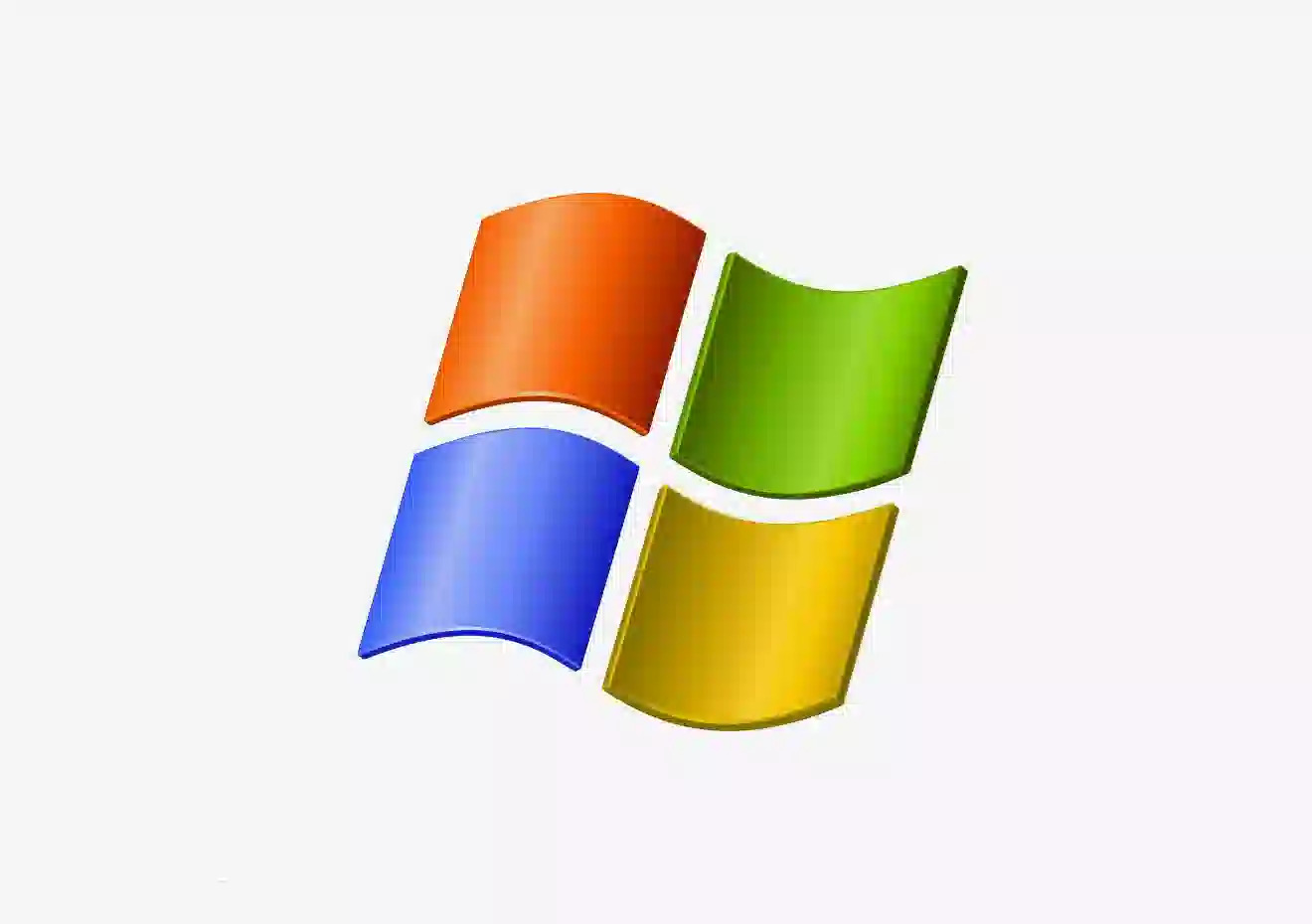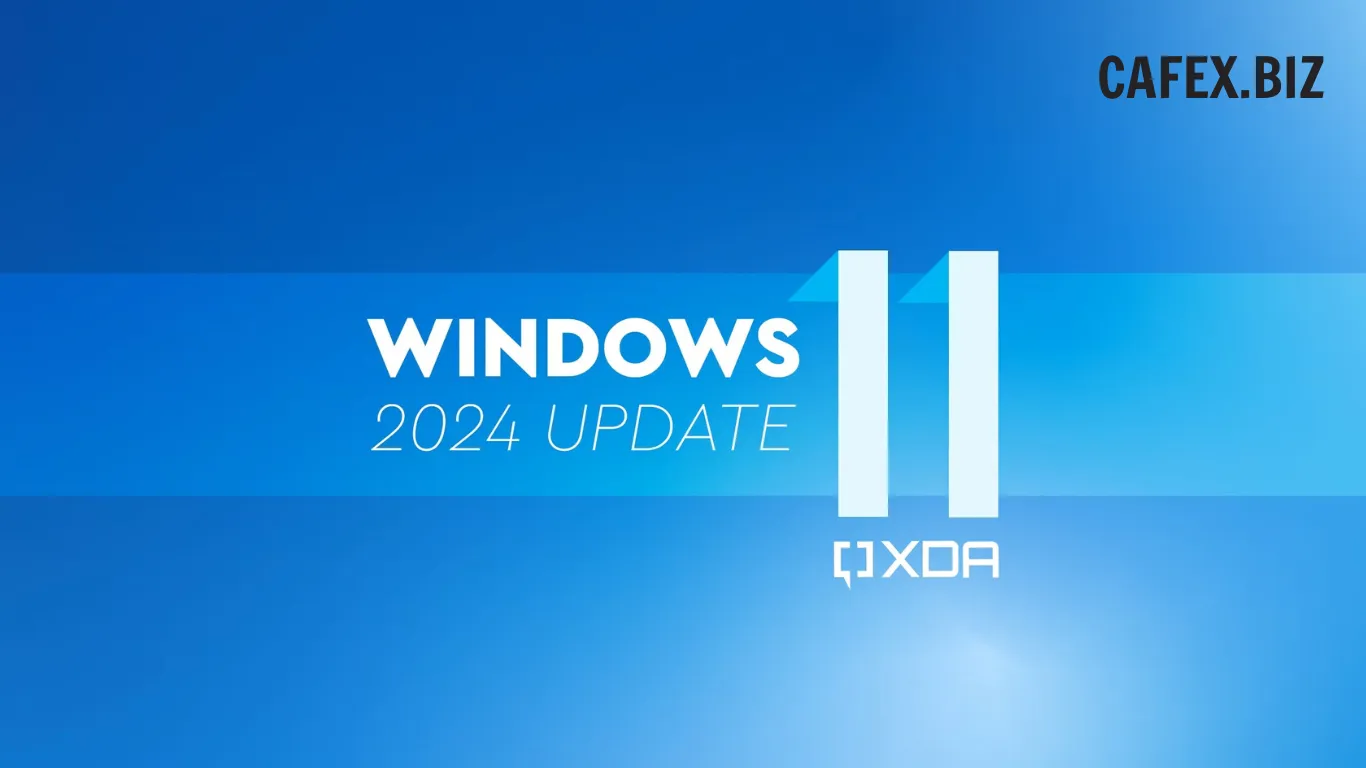Windows

- Developer: Microsoft
- Source model: Closed-source, Source-available (through Shared Source Initiative)
- Initial release: November 20, 1985
- Marketing target: Personal computing
- Available in: 110 languages
- Update method: Windows Update, Microsoft Store, Windows Server Update Services (WSUS)
- Package manager: Windows Installer (.msi, .msp), App Installer (.msix, .msixbundle), Microsoft Store (.appx, .appxbundle), Windows Package Manager
- Platforms: IA-32, x86-64, ARM, ARM64, Previously: 16-bit x86, DEC Alpha, MIPS, PowerPC, Itanium
- Kernel type: Windows NT family: Hybrid Windows Embedded Compact/Windows CE: Hybrid Windows 9x and earlier: Monolithic (MS-DOS)
- Default user interface: Windows shell
- License: Proprietary commercial software
- Official website: windows.com
Windows is a dynamic operating system that has evolved significantly since its inception. Introduced by Microsoft in 1985, Windows started as a graphical extension for MS-DOS due to the growing interest in graphical user interfaces (GUIs). Over the years, it has transformed from a simple GUI into a full-fledged operating system with features that cater to both personal and professional use. The journey from Windows 1.0 to the latest versions has seen numerous advancements, including the introduction of the Start menu, taskbar, and File Explorer, which have become staples of the Windows experience.
The evolution of Windows is marked by its efforts to enhance user experience and system functionality. Notable milestones include Windows 95, which integrated Windows and DOS, and Windows XP, which unified the Windows experience for various user segments. Windows has also focused on security and performance, with each iteration bringing improvements to protect against modern threats and run more efficiently. Today, Windows continues to dominate the PC market, adapting to new technological trends and user needs, making it a versatile platform for millions around the globe.

-1711438526-q80.webp)
-1711075532.jpg)